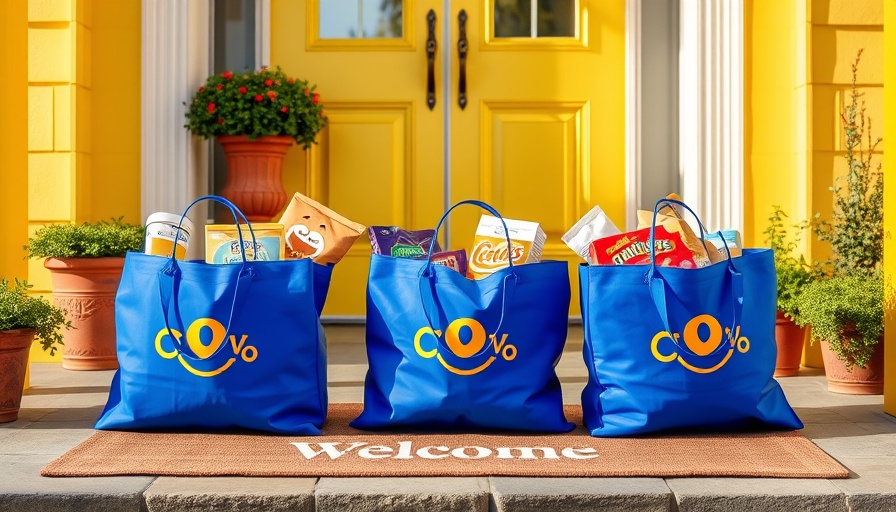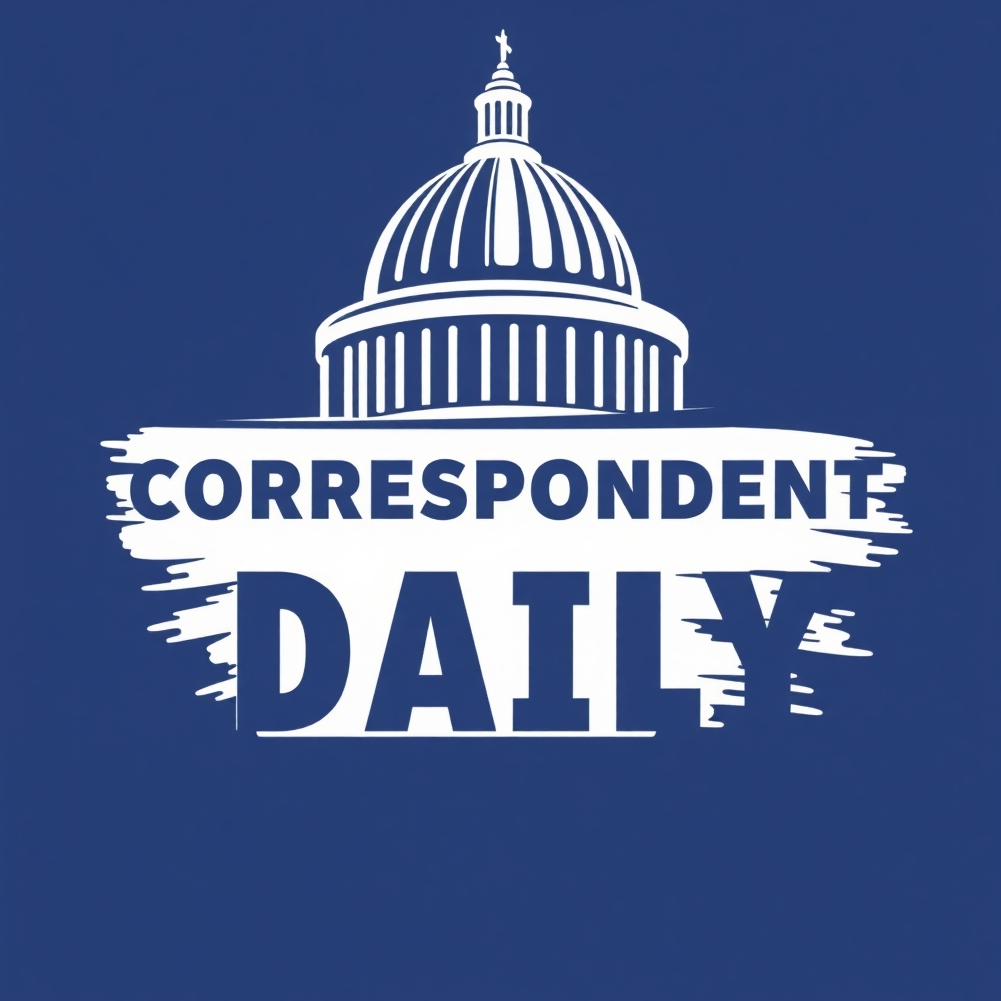
Americans Demand Speedy Deliveries: A Retail Evolution
As the world becomes increasingly fast-paced, American shoppers are echoing a familiar refrain: they want their purchases delivered quickly—and they're willing to pay for it. With companies like Walmart, Amazon, and Tractor Supply Co. amplifying their efforts to enhance delivery speeds, it's clear that the landscape of retail is undergoing a significant transformation.
Walmart: Leading the Charge in Fast Delivery
Walmart’s commitment to rapid delivery services is highlighted by its recent claim that approximately a third of its ship-from-store orders are fulfilled in under three hours. This initiative is part of a broader strategy to cater to the growing demand for convenience among consumers. According to Walmart’s CFO, John David Rainey, about 20% of these orders are reaching customers in 30 minutes or less—a clear indication that speed is a priority for the retail giant.
Amazon’s Expanding Footprint
Not to be outdone, Amazon is also stepping up its game by offering fresh grocery delivery in over 1,000 cities, with plans to double that reach by year’s end. For Prime members, same-day delivery on orders over $25 comes at no extra cost. This aggressive expansion is aimed at capturing the essential goods market, which has become increasingly competitive with Walmart’s own grocery offerings.
Rural Expansion: Meeting Diverse Needs
Interestingly, the growth of fast delivery options isn't limited to urban centers. Rural households, which account for about one-fifth of personal consumption expenditures in the U.S., are also part of this trend. Companies like Tractor Supply Co. have recognized this shift, bolstering their in-house fulfillment services for everything from groceries to farm supplies. The demand in these areas has led to an impressive growth in order sizes and customer satisfaction.
The Economic Implications of Quick Deliveries
As we observe this shift in consumer behavior, the economic implications are noteworthy. Analysts suggest that the future of retail hinges on the companies' abilities to adapt to customers' desires for speed and convenience. Morgan Stanley reports that rural households are becoming increasingly significant in contributing to e-commerce growth. These changes suggest a future where logistics and fulfillment strategies are crucial for survival in the retail business.
The Competitive Landscape: Will Speed Rule?
As Walmart emphasizes its near-nationwide delivery service capability, Amazon struggles to match its coverage. Jefferies Retail analyst, Corey Tarlowe, notes that while Amazon is known for speed, Walmart can deliver to 95% of the U.S. within three hours. This competitive edge may prove significant as both companies race to capture market share in the growing e-commerce sector.
Consumer Trends: What Shoppers Are Willing to Pay
Shoppers are increasingly willing to pay for expedited services. Walmart’s membership service, Walmart Plus, offers expedited shipping for a $98 annual fee, catering to those who prioritize convenience over cost. This willingness to invest in faster deliveries is indicative of changing consumer habits, where immediacy has taken precedence over price.
Final Thoughts: The New Normal?
The expectation for fast delivery isn't just a fleeting trend—it signifies a shift toward a new normal in retail. Businesses must consider not only how to speed up deliveries but also how these changes will impact their overall customer service strategies. As competition heats up, the ability to fulfill orders efficiently will become a distinguishing factor.
In conclusion, as retail giants vie for supremacy in the fast delivery arena, shoppers can expect a robust array of options, all designed to cater to their desire for speed and convenience. Retailers must remain agile and responsive to these consumer demands to thrive in the evolving market landscape.
 Add Row
Add Row  Add
Add 




Write A Comment